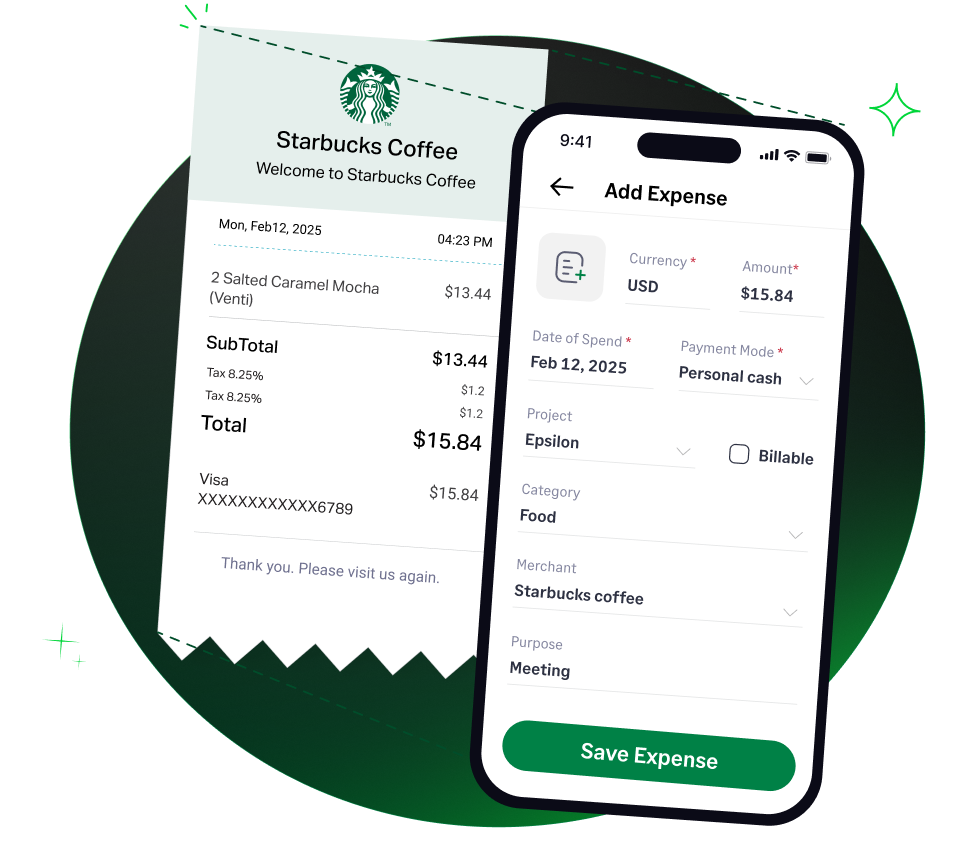✨ Exciting news: Fyle is now part of the Sage family! Learn more in our press announcement >
 4.6/51670+ reviews
4.6/51670+ reviewsEnsuring worker safety is a top priority for any responsible business, particularly in industries such as construction, manufacturing, and healthcare. The costs of providing Personal Protective Equipment (PPE)—such as hard hats, safety glasses, gloves, and high-visibility vests—are a fundamental and necessary cost of doing business.
For tax purposes, these expenses are fully deductible. However, their specific tax treatment depends on the cost and useful life of the equipment. This guide will clarify how to categorize PPE according to IRS rules, ensuring your business remains compliant and maximizes its deductions.
There is no single expense category that applies to all PPE. The costs must be categorized based on whether the item is a consumable supply or a durable piece of equipment.
The most critical factor is distinguishing between a currently deductible supply and a capital asset that must be depreciated over time.
To simplify recordkeeping, IRS Publication 535 provides a de minimis safe harbor election. This allows you to deduct the cost of tangible property in the current year if it falls below a certain threshold (generally $2,500 per item or invoice for businesses without an applicable financial statement). This election is a powerful tool for expensing many types of durable PPE instead of depreciating them.
PPE is different from a uniform. While both are provided to employees, uniforms are subject to a strict three-part test to be deductible (e.g., they must not be suitable for everyday wear). Protective clothing, such as steel-toed boots or safety glasses, is deductible because it is required for safety, not because it meets the uniform test.
The reporting for PPE costs depends entirely on their classification.
For a sole proprietor filing a Schedule C (Form 1040):
You must have documentary evidence to substantiate all PPE costs. Your records should include:
Fyle helps you capture and categorize all your safety-related expenses accurately, from recurring supply orders to one-time equipment purchases.




